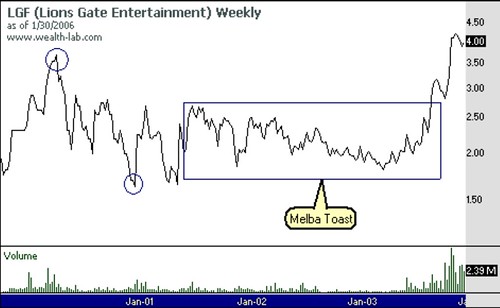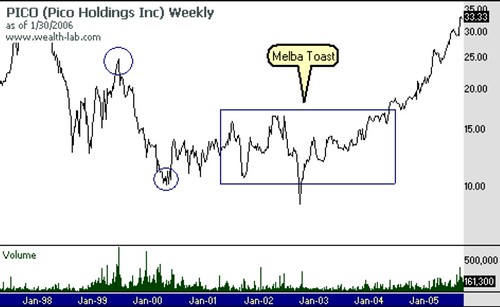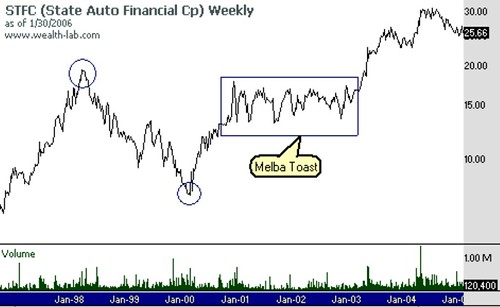Check out this paper written by Eric Crittenden and Cole Wilcox of
Blackstar Funds:
Does Trend Following Work on Stocks? There's a lot of great information embedded in this paper. And for equity system traders...much to learn. In fact, so much to learn, that I've exchanged a few emails with one of the coauthors, Eric Crittenden. Before I begin...let it be said that Eric is a very sharp guy and truly understands the system trading world.
One of the great things I found in this paper was finally someone addressed survivorship bias in their system tests. And more importantly discussed the impact of dividend-adjustments. The really surprising point, especially after talking with Eric, was that survivorship-bias doesn't play as much of a role as I thought in backtesting long-term stock trading systems and dividend-adjusted data or lack thereof plays a much larger role than I expected. So much of a role that my first goal after reading the paper and talking with Eric is to obtain dividend-adjusted equities data.
Another dividend, if you will, of dividend-adjusted data is that your system signal's can be applied to a different time series despite the underlying stocks remaining the same. In other words, you may get more trades if you run your system against two sets of data...1) Non dividend-adjusted and 2) Dividend Adjusted. Some stocks that previously looked stale or non-trending may indeed show up in a long-term trending system with dividends factored in.
Re-entry of positions is another very interesting part of this paper. In my current systems I do not have re-entry criteria. If my trailing exit is hit...I'm out of that stock for good...or until my system model captures it again. In the paper you will see stock charts with stocks hitting the ATR trailing stop and then re-entered. This also has made me look to my own systems and possibly adding some type of re-entry logic.
And finally, for those still yearning for more Trailing Stop ideas...the paper provides plenty of discussion on the Average True Range trailing stop technique. Eric has even offered an alternative solution to the ATR trailing exit problem from my
Innovating Exits post. His solution involves using the variance of the Average True Range in your trailing stop. I'll discuss more on this in another post.
Finally, I'd like to express my thanks to Eric for kindly responding to my questions and graciously sharing his thoughts and views on system trading. Maybe I can get an interview out of him to share on the site some day.
Until then...
Later Trades,
MT


